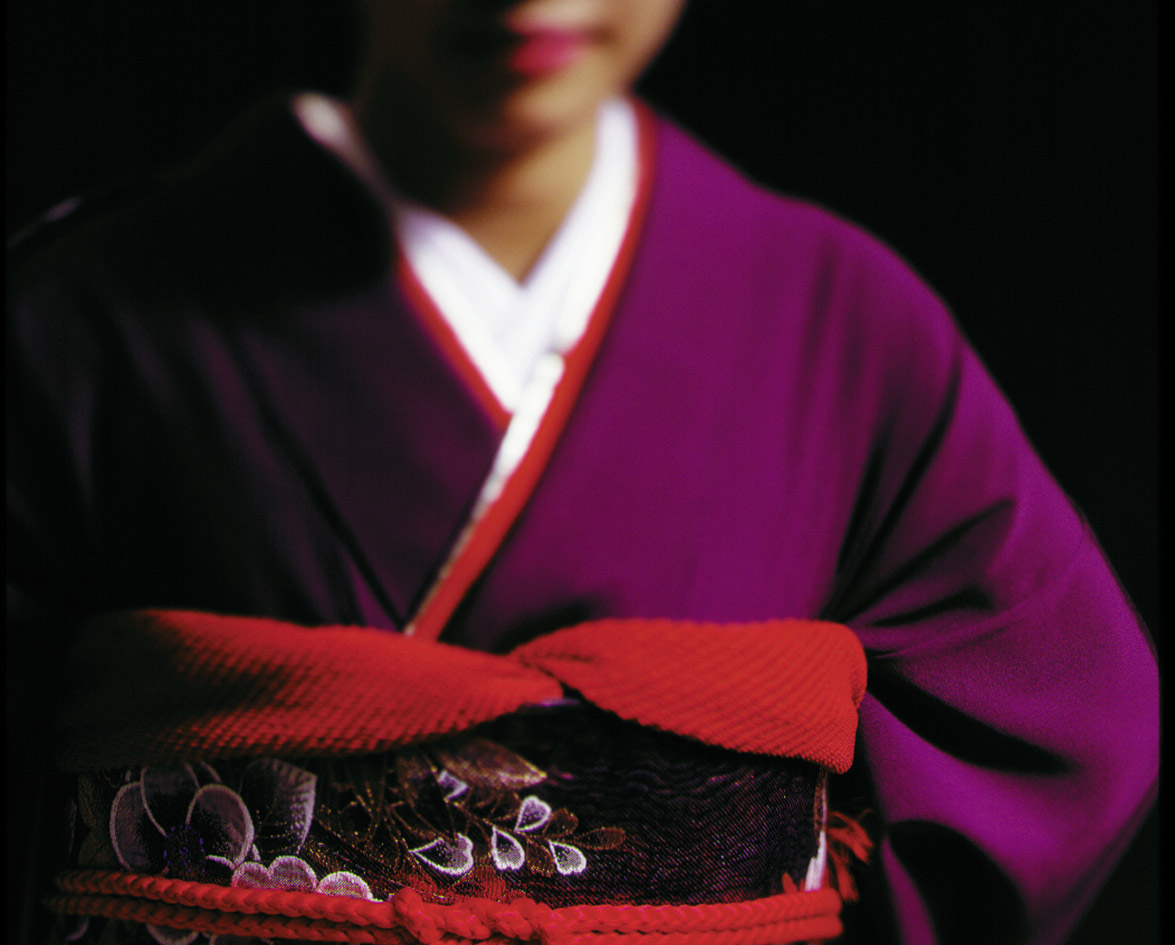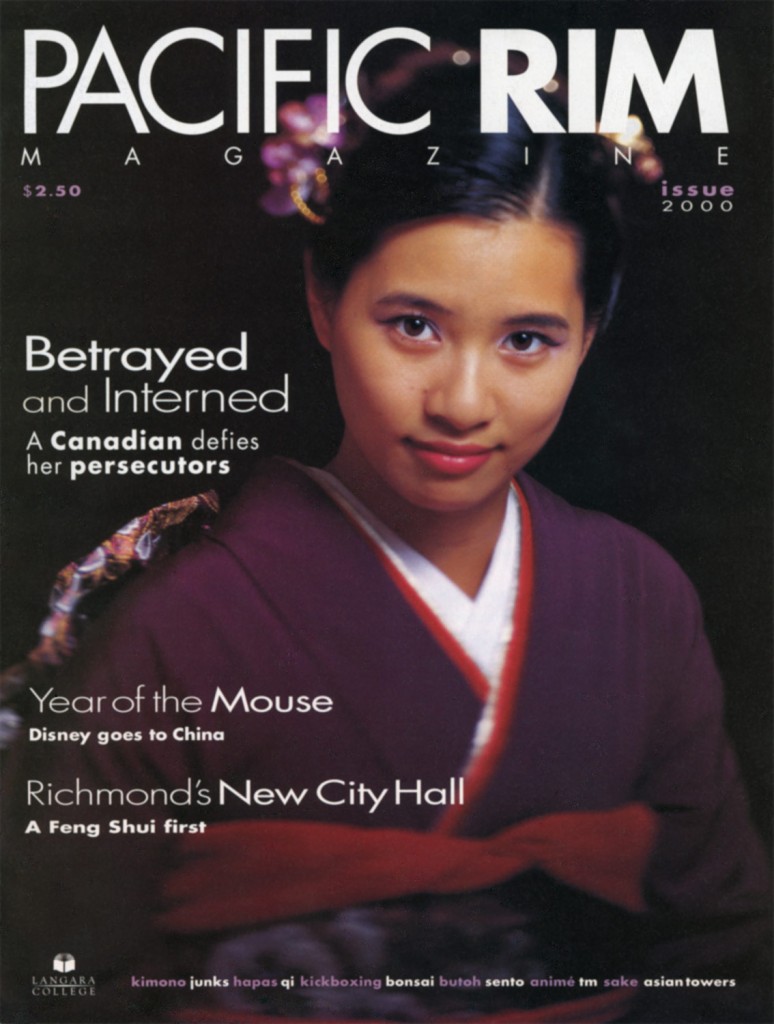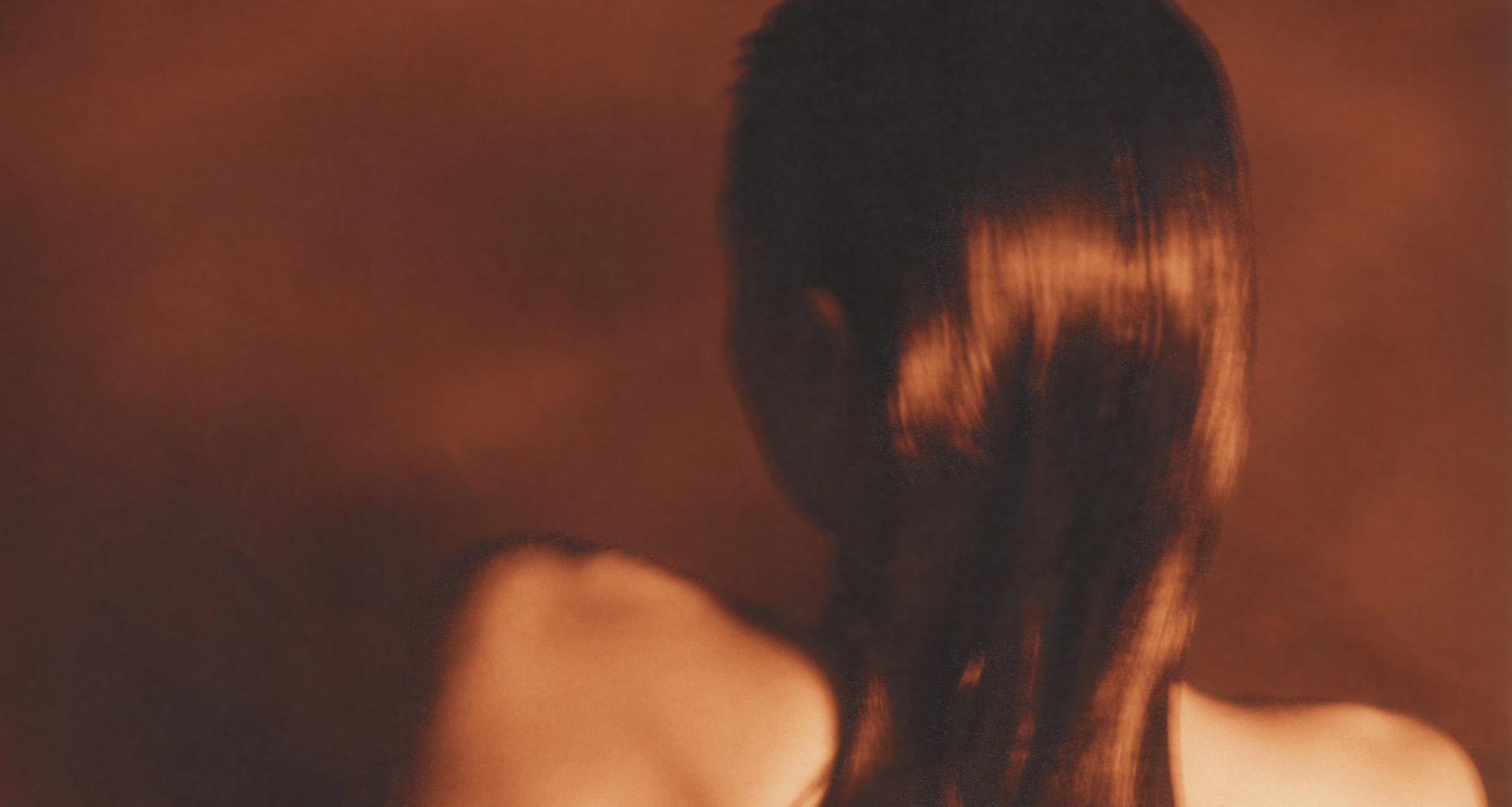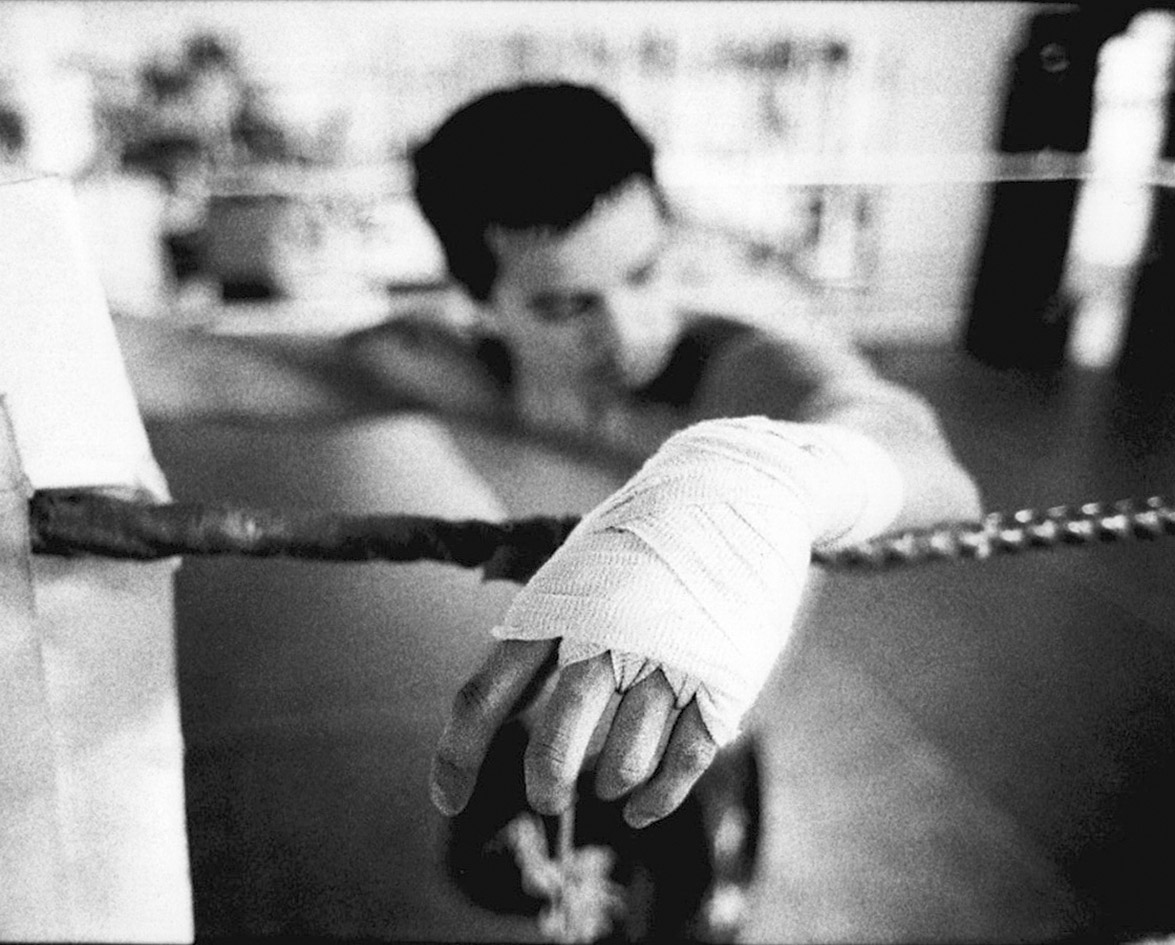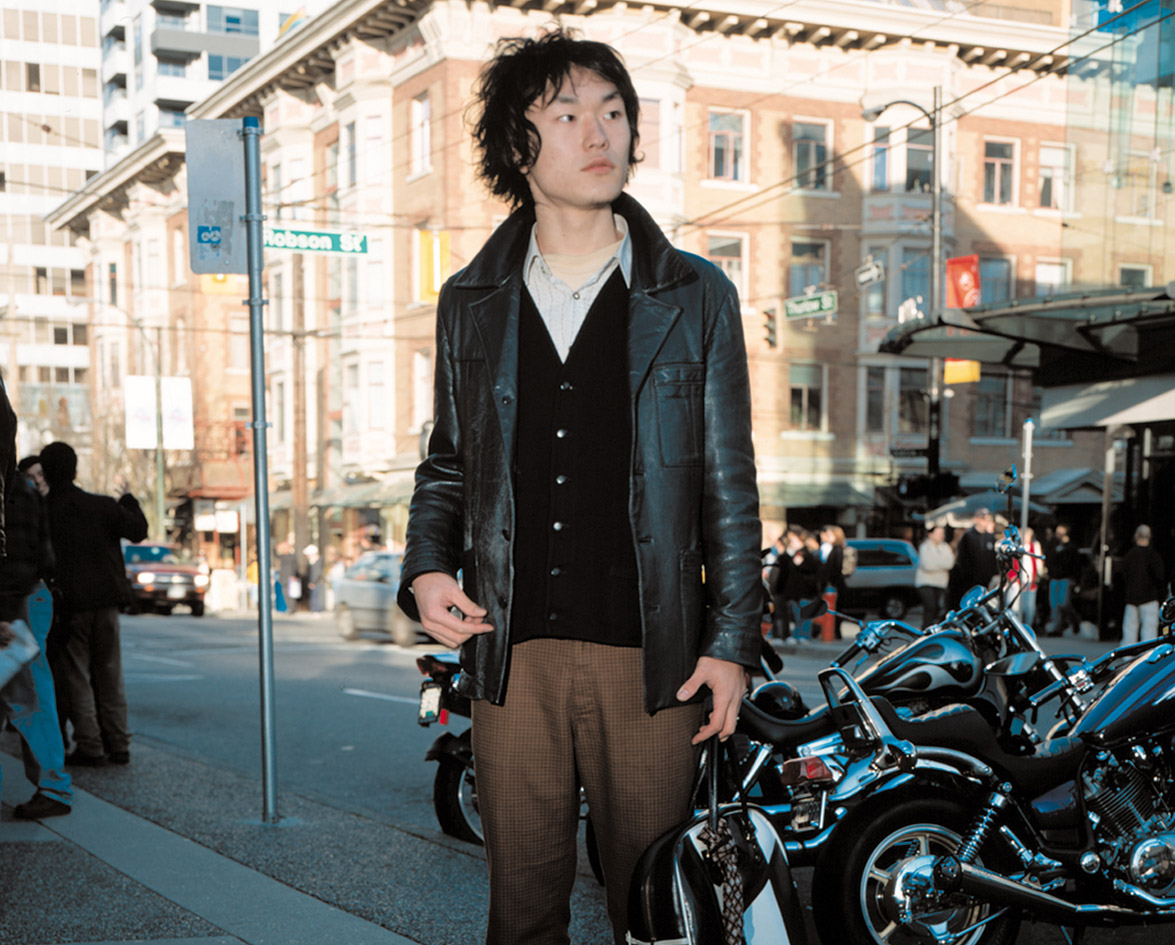In our world of zips and snaps, the daily ritual of dressing is usually a quick one. Yet if you were to wear a kimono, dressing would be a lot more complicated.
Although becoming a forgotten art, kimono dressing is still taught in some schools in Japan. It takes three to six months to learn the basics of how to put one on, and up to five years to learn more complicated techniques. The aim is to make the body look as straight or flat as possible, with few creases in the fabric. Straight lines represent a traditional view of feminine beauty in Japan.
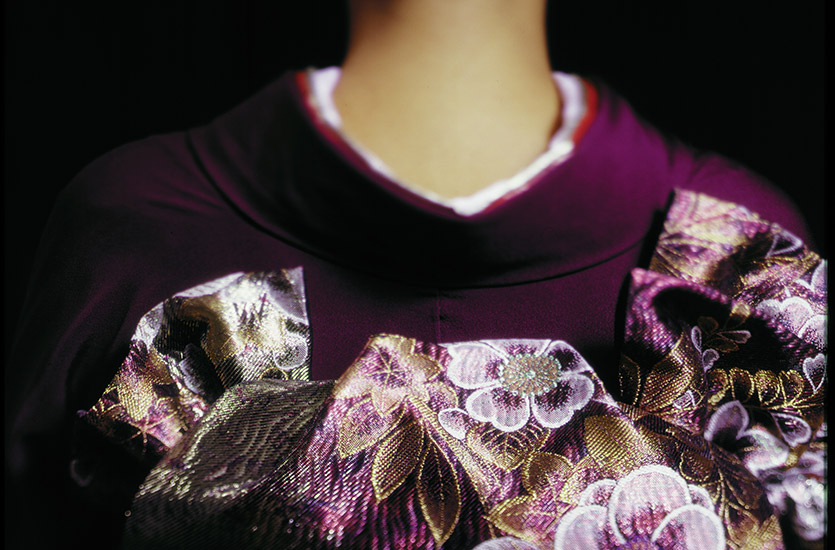
The full dress comprises many layers, starting with special underwear: a half-slip, an undershirt, a bra padded above the breasts, and a towel tied around the waist to flatten feminine curves. After the underwear is put on, the under kimono is tied just above the waist. Then the front of the top kimono is overlapped, left side over right. All kimonos are the same length and are adjusted by pulling the material up over a sash tied around the waist. The kimono is then secured by another tie called date-obi. When the kimono is finally on, then comes the most complicated part: tying the obi.
The obi, a large sash or tie, is the most important kimono accessory. There are many ways to tie the obi, some so complex that they take years to master.
There are many obis and knots, and many variations on each knot. The four most common are:
Bunko Musubi (Box Tying): The box-bow, which resembles a large bow, was inspired by the way that books are tied when bundled together. Usually used for a summer kimono, it was traditionally worn by single women on special occasions.
Kai no kuchi (Shell’s Mouth): The shell-fish bow, while similar to the way a man would tie his obi, is nonetheless strictly for women. Usually worn by older women for casual wear, young girls generally choose not to wear this as it is flat on the back, and not considered pretty.
Otateya (Arrow): The standing arrow, always worn by brides, is also a favorite of single girls on formal occasions. It accompanies furisode (long sleeved kimonos traditionally worn by unmarried women). An exceptionally beautiful and complicated bow, it was inspired by soldiers of old who wore quivers of arrows on their backs.
Taiko Musubi (Drum Tying): The drum bow can be worn by anyone, but is favoured by married women on formal occasions. Plain and simple, it looks just like a square box.
Tomoko Ray Jatusukawa, a Vancouver kimono instructor, shares her thoughts on learning to tie the obi: “There is a mountain; first you have to practice a lot, but you can’t do it, so you feel very frustrated. But then something changes, and you understand. And it becomes fun.”





